Sanibel Fishing Charters, April 9, 2020: Tarpon, Catch & Release!
Very quiet, Covid-19 impact, will either post photos of just the two of us on the boat, or photos from earlier this month.
Current Red Tide & Water Quality Update Here (Page Down For Detail On Sampling & Location Table).
Captiva Fishing: Please Click For Rates & To Book A Captiva Fishing Charter Or Call 239-472-8658.




Sanibel Island Fishing Charters, April 9, 2020
Please Click To Rent Homes Direct From Captiva Homeowners; No VRBO Booking Fees.

Captiva Fishing Guide Report: Thursday, April 9, 2020: Very Quiet, Covid-19 Days, Photos/Fish From Earlier This Month, Or Just Jimmy, Alex & Me – Stay Safe! Tarpon, Catch & Release, Captain Joe’s Charters – the weather is great – some early season tarpon around – no Red Tide presence, and a lot of good fish in the gulf, bay, and passes; Sharks, Redfish, Spanish Mackerel, Snook, and Seatrout are currently present.
Redfish & snook are regulated as catch & release at this time.
Already seeing some positive impact. Some very nice big redfish and big snook around. Trout are also coming back.
The Caloosahatchee freshwater releases are also not an issue right now, but still a huge long-term problem.
Extremely frustrating. We need wholesale changes in the Florida state government. It is not a Republican or Democrat issue – it is a Big Sugar control everyone issue. It is stunning how we continue to let the sugar industry and the agriculture north of Lake Okeechobee to damage the water and all of Florida.
Please click here to Book A Charter or call 239-472-8658.
We’re located in Castaways Marina, Santiva, Sanibel Island, just before the Blind Pass bridge to Captiva Island.

Turner Beach, the beach adjoining Blind Pass, is frequently covered with a bounty of shells from Olives to Fighting Whelks to the more common Conchs.
The fishing is also renowned for sharks in the summer, tailing redfish on the bayside flats and snook under and off the Blind Pass bridge. Because Turner Beach faces Westward, the sunsets are spectacular and a popular viewing point for residents and visitors alike.
Captiva Fishing Charters
For more information just use the menu for recent fishing reports, background on any species, and other recent fishing, water quality reports, and information.
Sanibel Island Fishing Charters & Sanibel Island Fishing Charters: Tarpon, Catch & Release. Please also visit the Sanibel, Florida Fishing Report and Cuban Fishing sites.
Sanibel & Captiva, Birthplace Of Big Game Fishing!

Both resident tarpon and tarpon moving up from the south are in off Captiva currently. Tarpon season has begun early this year!

“Tarpon are large air-breathing fish of the genus Megalops; one species is native to the Atlantic, and the other to the Indo-Pacific Seas. They are the only members of the family Megalopidae.
The two species of tarpon are Megalops atlanticus (Atlantic tarpon) and the Megalops cyprinoides (Indo-Pacific tarpon). M. atlanticus is found on the western Atlantic coast from Virginia to Brazil, throughout the coast of the Gulf of Mexico, and throughout the Caribbean. Tarpon are also found along the eastern Atlantic coast from Senegal to South Angola.[3] M. cyprinoides is found along the eastern African coast, throughout southeast Asia, Japan, Tahiti, and Australia.

Both species are found in both saltwater and freshwater habitats, usually ascending rivers to access freshwater marshes.[4] They are able to survive in brackish water, waters of varying pH, and habitats with low dissolved O2 content due to their swim bladders, which they use primarily to breathe.
They are also able to rise to the surface and take gulps of air, which gives them a short burst of energy.

The habitats of tarpon vary greatly with their developmental stages. Stage-one larvae are usually found in clear, warm, oceanic waters, relatively close to the surface. Stage-two and -three larvae are found in salt marshes, tidal pools, creeks, and rivers. The habitats are characteristically warm, shallow, dark bodies of water with sandy mud bottoms. Tarpon commonly ascend rivers into freshwater. As they progress from the juvenile stage to adulthood, they move back to the open waters of the ocean, though many remain in freshwater habitats.[5][6]

Tarpon grow to about 4–8 ft long and weigh 60–280 lbs. They have dorsal and anal soft rays and have bluish or greenish backs. Tarpon possess shiny, silvery scales that cover most of their bodies, excluding the head. They have large eyes with adipose eyelids and broad mouths with prominent lower jaws that jut out farther than the rest of the face.[3][4][5]

Tarpon breed offshore in warm, isolated areas. Females have high fecundity and can lay up to 12 million eggs at once. They reach sexual maturity once they are about 75–125 cm in length. Spawning usually occurs in late spring to early summer.[5]
Their three distinct levels of development usually occur in varying habitats. The first stage, the leptocephalus stage, or stage one, is completed after 20–30 days. It takes place in clear, warm oceanic waters, usually within 10–20 m of the surface.

The leptocephalus shrinks as it develops into a larva; the most shrunken larva, stage two, develops by day 70. This is due to a negative growth phase followed by a sluggish growth phase.
By day 70, the juvenile growth phase, stage three, begins and the fish begins to rapidly grow until it reaches sexual maturity.[3][7]
Stage-one developing Megalops do not forage for food, but instead, absorb nutrients from seawater using integumentary absorption. Stage-two and -three juveniles feed primarily on zooplankton but also feed on insects and small fish.

As they progress in juvenile development, especially those developing in freshwater environments, their consumption of insects, fish, crabs, and grass shrimp increases. Adults are strictly carnivorous and feed on midwater prey; they swallow their food whole and hunt nocturnally.[5][6]

The main predators of Megalops during stage one and early stage-two development are other fish, depending on their size. Juveniles are subject to predation by other juvenile Megalops and piscivorous birds. They are especially vulnerable to birds when they come to the surface for air, due to the rolling manner in which they move to take in the air, as well as the silver scales lining their sides.[8] Adults occasionally fall prey to sharks, porpoises, crocodiles, and alligators.
One of the unique features of Megalops is the swim bladder, which functions as a respiratory pseudo-organ. These gas structures can be used for buoyancy, as an accessory respiratory organ, or both.

In Megalops, this unpaired air-holding structure arises dorsally from the posterior pharynx. Megalops uses the swim bladder as a respiratory organ and the respiratory surface is coated with blood capillaries with a thin epithelium over the top. This is the basis of the alveolar tissue found in the swim bladder, and is believed to be one of the primary methods by which Megalops “breathes”. These fish are obligate air breathers, and if they are not allowed to access the surface, they will die. The exchange of gas occurs at the surface through a rolling motion that is commonly associated with Megalops sightings.
This “breathing” is believed to be mediated by visual cues, and the frequency of breathing is inversely correlated to the dissolved O2 content of the water in which they live.[5][9]

Megalops is considered one of the great saltwater game fishes. They are prized not only because of their great size but also because of the fight they put up and their spectacular leaping ability. They are bony fish and their meat is not desirable, so most are released after they are caught. Numerous tournaments around the year are focused on catching tarpon.[10]
Since tarpon are not commercially valuable as a food fish, very little has been documented concerning their geographical distribution and migrations.

They inhabit both sides of the Atlantic Ocean, and their range in the eastern Atlantic has been reliably established from Senegal to the Congo.
Tarpon inhabiting the western Atlantic are principally found to populate warmer coastal waters primarily in the Gulf of Mexico, Florida, and the West Indies. Nonetheless, tarpon are regularly caught by anglers at Cape Hatteras and as far as Nova Scotia, Bermuda, and south to Argentina.

Scientific studies[11] indicate schools of tarpon have routinely migrated through the Panama Canal from the Atlantic to the Pacific and back for over 70 years. However, they have not been found to breed in the Pacific Ocean. Nevertheless, anecdotal evidence by tarpon fishing guides and anglers would tend to validate this notion, as over the last 60 years, many small juvenile tarpon, as well as mature giants, have been caught and documented principally on the Pacific side of Panama at the Bayano River, the Gulf of San Miguel and its tributaries, Coiba Island in the Gulf of Chiriquí, and Piñas Bay in the Gulf of Panama.

Since tarpon tolerate wide ranges in salinity throughout their lives and will eat almost anything dead or alive, their migrations seemingly are only limited by water temperatures.[citation needed]

Tarpon prefer water temperatures of 72 to 82 °F (22 to 28 °C); below 60 °F (15.6 °C) degrees they become inactive, and temperatures under 40 °F (4.5 °C) can be lethal.” Please see source & more information here.
Tarpon: Megalops atlanticus
Florida Regulations
| Regulations | Gulf State Waters | Atlantic State Waters |
|---|---|---|
| Minimum Size Limit | No Minimum Size Limit; Tarpon over 40 inches MUST remain in the water | |
| Daily Bag Limit | Tarpon is a catch-and-release-only fishery.
One tarpon tag per person per year may be purchased when in pursuit of an International Game Fish Association (IGFA) record. Vessel, transport, and shipment limited to one fish. |
|

“Boca Grande Pass Regulations:
- Fishing with gear that has a weight attached to a hook, artificial fly or lure in such a way that the weight hangs lower than the hook when the line or leader is suspended vertically from the rod is prohibited when fishing for any species year-round within Boca Grande Pass. If this gear is on board a fishing vessel while inside the boundaries of the Pass, it cannot be attached to any rod, line or leader and must be stowed. Natural bait is not considered to be a weight. If the jig fishes in an illegal manner it is prohibited.
- Any jig that allows the attached weight to slip down the shank so that it hangs lower than the hook while the line or leader is suspended vertically from the rod is prohibited, and must be stowed so it is not readily accessible.
- During the months of April, May, and June, no more than three fishing lines may be deployed from a vessel at any one time.
- During the months of April, May and June, no person shall use, fish with, or place in the water any breakaway gear.
Learn more about recent regulation changes by reading our Frequently Asked Questions.
Unsure if the gear is prohibited? Call the regional office at 863-648-3200.

Map of Boca Grande Pass
Several buoys marking Boca Grande Pass were moved by the U.S. Coast Guard in 2016 to better align with the shifting channel. One buoy specifically (Flashing Red Buoy #12) was a reference point marking the boundaries of Boca Grande Pass for the purposes of specific gear restrictions. Red buoy #12 was removed and replaced with a new buoy (Charlotte Harbor Channel LB 6). This new buoy is about a quarter mile East-Southeast of the old buoy. Please note that due to this buoy change, the boundaries of Boca Grande Pass have also changed.

Gear Requirements:
- Legal Gear: hook and line only.
- Snagging, snatch hooking, spearing and the use of a multiple hook in conjunction with live or dead natural bait is prohibited
Tarpon handling guidelines
Tarpon is an iconic saltwater fish. When handled properly, these large fish are more likely to survive and evade predators. Follow these guidelines to ensure tarpon remains the strong and viable fishery it is today.

Know tarpon regulations
-
Tarpon over 40 inches MUST remain in the water unless a tag is used.
-
Tarpon tags may only be used to harvest potential IGFA record-sized tarpon. Taxidermy mounts can be made with length and girth measurements and a photograph.
-
Don’t tow a tarpon unless it is necessary to revive it. If you must tow, go as slow as possible while still moving water over the gills.

Keep head and gills in the water
Do not target from bridges or piers – Releasing tarpon from bridges or piers requires specialized lifting gear or cutting the line, which leaves long amounts of line trailing behind the fish.
Use proper tackle
-
Use barbless, single, non-offset circle hooks for natural bait.
-
Use single hooks rather than treble hooks.
-
Use tackle heavy enough to land the tarpon quickly, minimizing exhaustion, and helping the fish avoid predators after release.

Other tips
-
Do not drag tarpon over the gunnel of a boat.
-
Use a dehooking tool.
-
Tarpon smaller than 40” should be supported horizontally when removed from the water. Tarpon larger than 40” must remain in the water.
-
Do not fish for tarpon when large predatory sharks are in the area feeding. If sharks show up, move to another fishing location.

Habitat and Fishing Tips:
Tarpon are found throughout Florida’s coastal environment during the summer months. During the winter months, coastal water temperatures in much of the state drop significantly and cause tarpon to concentrate in South Florida.
Tarpon, which feed primarily on fish, shrimp, and crabs, are powerful, explosive and acrobatic fighters. Tarpon also have great stamina, making them one of Florida’s most challenging and exciting nearshore sportfish.

Tarpon can be caught on flies, streamers, floating and diving lures, jigs, live bait and dead bait. The tackle to be used depends largely on the type of bait used, the location and the size of fish being targeted.
While tarpon are not a toothy predator, a long, heavy monofilament leader is very important to protect your line from being cut by the gill plate or tail.

Tarpon have poor food value and are almost exclusively a catch and release fishery. If you intend to keep a tarpon, you must purchase a tarpon tag in advance.
State Record: 243 lb, caught near Key West. For more information on Tarpon, please see FWC.
Please click here to Book A Charter or call 239-472-8658 and here for Live Sanibel Traffic Cams. Saturday, June 16, Tarpon Rolling, Captiva Island Fishing Charters, click here for College Of Fishing Hats & Apparel.

We’re located in Castaways Marina, Santiva, Sanibel Island, just before the Blind Pass bridge to Captiva Island.
After a fierce storm, Turner Beach, the beach adjoining the Pass, is frequently covered with a bounty of shells from Olives to Fighting Whelks to the more common Conchs. The fishing is also renowned for sharks in the summer, tailing redfish on the bayside flats and snook under and off the Blind Pass bridge. Because Turner Beach faces Westward, the sunsets are spectacular and a popular viewing point for residents and visitors alike.
And you can like us on Facebook.
Fair winds and following seas,
Captain Joey Burnsed ~ please click calendar at the upper left or call 239-472-8658 to book a Sanibel & Captiva Islands, Boca Grande or Fort Myers fishing guide trip or shelling charter.

![Hogfish or Hog Snapper, Sanibel Fishing & Captiva Fishing, Sanibel Island, Sunday, December 10, 2017, [File Photo - Wednesday, February 8, 2017].](https://captivafishing.net/wp-content/uploads/wordpress-popular-posts/13104-featured-360x260.jpg)
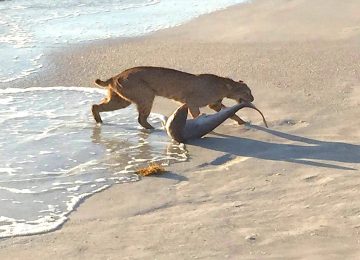
![Hogfish or Hog Snapper, Sanibel Fishing & Captiva Fishing, Sanibel Island, Sunday, December 10, 2017, [File Photo - Wednesday, February 8, 2017].](https://captivafishing.net/wp-content/uploads/wordpress-popular-posts/11558-featured-360x260.jpg)
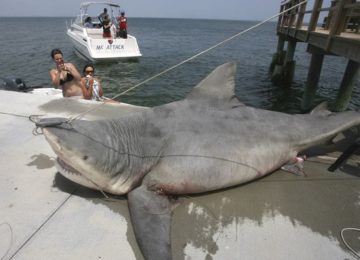

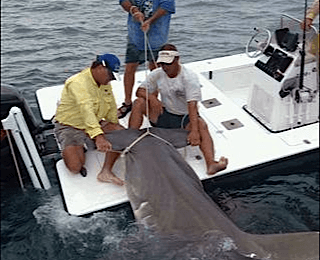
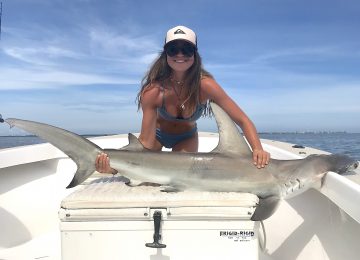
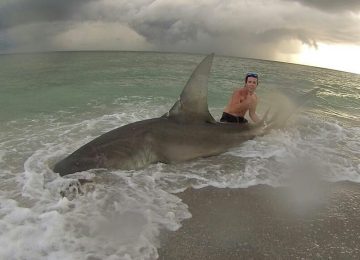
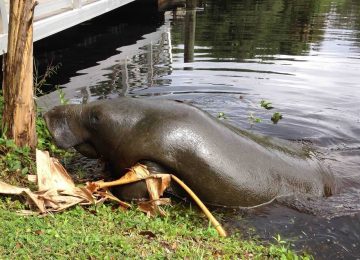
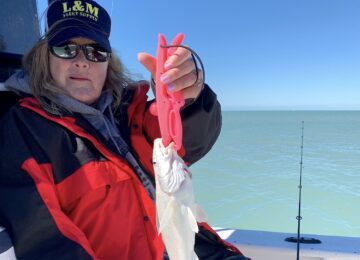
![Goliath grouper, Sanibel & Captiva Islands & Fort Myers Charters & Fishing Guide Service, Thursday, November 2, 2017, [August 16, 2012].](https://captivafishing.net/wp-content/uploads/wordpress-popular-posts/11711-featured-360x260.jpg)

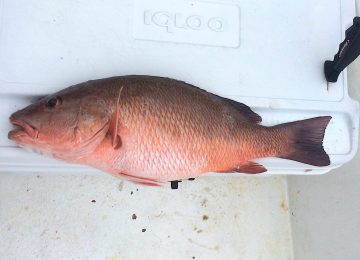
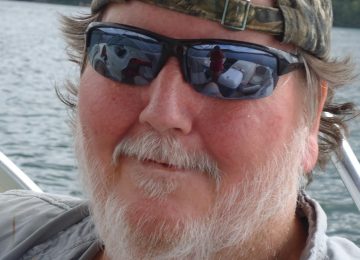
![Hogfish or Hog Snapper, Sanibel Fishing & Captiva Fishing, Sanibel Island, Sunday, December 10, 2017, [File Photo - Wednesday, February 8, 2017].](https://captivafishing.net/wp-content/uploads/wordpress-popular-posts/11143-featured-360x260.jpg)
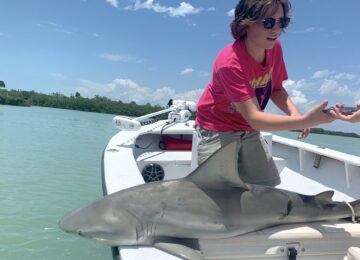
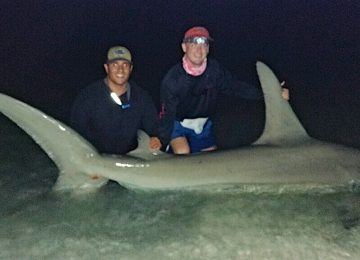
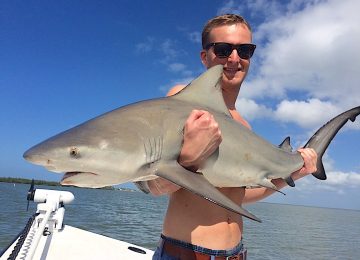
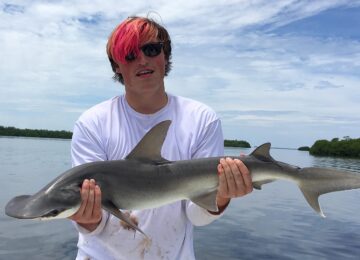
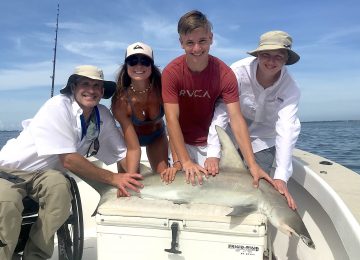
![Schoolmaster Snapper, Sanibel Fishing & Captiva Fishing, Sanibel Island, Thursday, January 11, 2018, [File Photo - Thursday, December 28, 2017].](https://captivafishing.net/wp-content/uploads/wordpress-popular-posts/13203-featured-360x260.jpg)
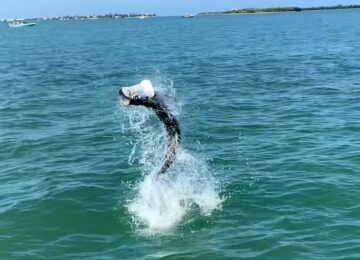
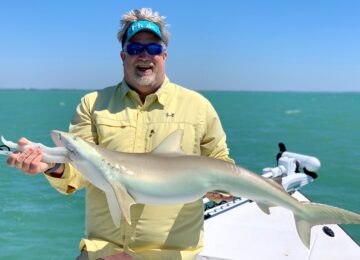
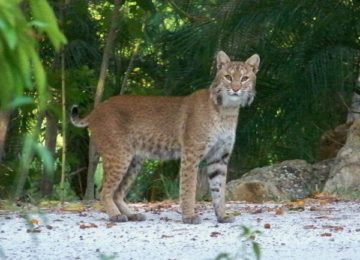
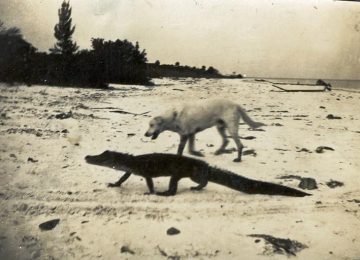
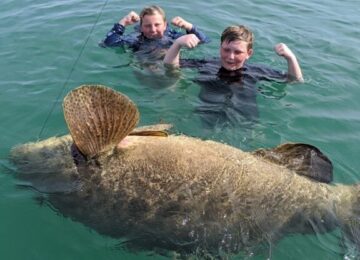
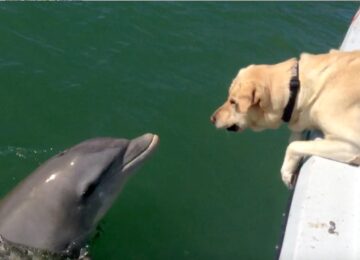















You must be logged in to post a comment.